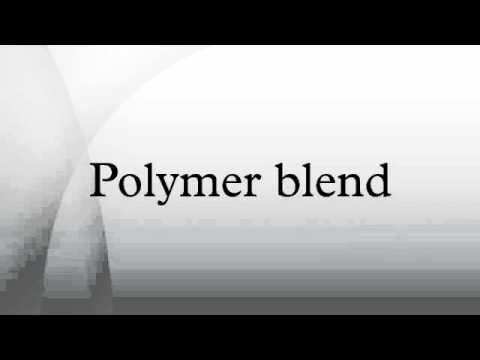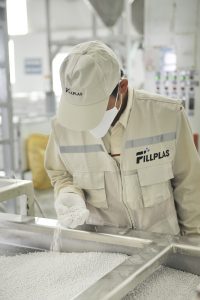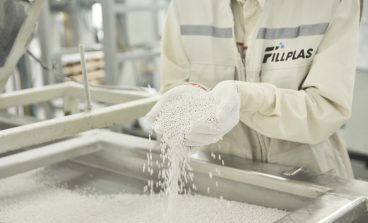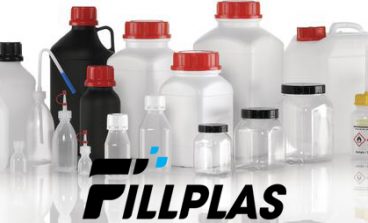
A polymer blend, or polymer mixture, is a member of a class of materials analogous to metal alloys, in which at least two polymers are blended together to create a new material with different physical properties.
History
During the 1940s, ’50s and ’60s, the commercial development of the new monomers for production of the new polymers seemed endless. In this period, it discovered that the development of the new techniques for the modification of the already existing polymers, would be economically viable.
The first technique of modification developed was the polymerization, in other words, the joint polymerization of more than one kind of polymer.
A new polymers modification process, based on a simple mechanical mixture of two polymers first appeared when Thomas Hancock got one mixture of natural rubber with gutta-percha. This process generated a new polymer class called “polymer blends”.
 Basic concepts
Basic concepts
Polymer blends can broadly be divided into three categories:
- immiscible polymer blends (heterogeneous polymer blends): This is by far the most populous group. If the blend made of two polymers, two glass transition temperatures will observe.
- compatible polymer blends: Immiscible polymer blend that exhibits macroscopically uniform physical properties. The macroscopically uniform properties usually caused by sufficiently strong interactions between the component polymers.
- miscible polymer blends(homogeneous polymer blend): Polymer blend that is a single-phase structure. In this case, one glass transition temperature will observe.
The use of the term polymer alloy for a polymer blend discouraged, as the former term includes multiphase copolymers but excludes incompatible plastic polymer blends.
Mixing
Examples of miscible polymer blends:
- homopolymer–homopolymer:
- polyphenylene oxide (PPO) – polystyrene (PS): noryl developed by General Electric Plastics in 1966 (now owned by SABIC). The miscibility of the two polymers in noryl causes by the presence of an aromatic ring in the repeat units of both chains
- polyethylene terephthalate (PET) – polybutylene terephthalate (PBT)
- poly(methyl methacrylate) (PMMA) – polyvinylidene fluoride (PVDF)
- homopolymer–copolymer:
- polypropylene (PP) – EPDM
- polycarbonate (PC) – acrylonitrile butadiene styrene (ABS): Bayblend, Pulse, Anjablend A
In FILLPLAS, Polymer blends can be used as thermoplastic elastomer.
Calcium Carbonate(Caco3) Masterbatches , made of high quality and micro sized calcium carbonate and LLDPE as carrier, is a kind of filler masterbatches with good filler properties, high whiteness , improving the characters of plastic products and reducing the cost of final products to increase the productivity effect and get good economic benefits.
With good dispersion and strong antioxygen and aging resistance, good anti pressure and reducing contractibility to decrease the deformation for contractibility of products and large loading, it is widely used for PE, PP, ABS, EVA, HIPS, PC plastics in injection, bottle blowing, plastic knife and fork, snack box, pipe, sheet, electrical appliance shell, packing belt, woven bag, garbage bag, shopping bag, non-woven fabrics and casting film, etc.
Calcium carbonate filler masterbatches FILLPLAS offer is the most effective cost-saving solution for worldwide plastic processors.
CaCO3 filler masterbatch not only cuts down plastic production costs by replacing a part of virgin polymer during extrusion, injection and blow molding, but also increases output, improves production conditions as well as a number of physical and chemical properties of finished plastic products.
With a variaty of choices in the market CaCO3 filler masterbatches may remarkably differ in quality due to different formulations (CaCO3 content, carrier polymers type & content, chemical additives), compounding technologies as well as technical team skills they were made with/by, even in the same country or geographical area. A number of factors must be considered to evaluate overall CaCO3 filler quality. Average particle size, top-cuts and calcium carbonate content are the most important ones to influence filler price so we may generally classify fillers based on them as:
Economy fillers – low price calcium carbonate filler masterbatches (concentrates) with comparatively coarse CaCO3 particles (D50 of <3µm in average).
Standard fillers – middle price calcium carbonate filler masterbatches (concentrates) with fine CaCO3 particles (D50 of <2µm in average).
Advanced fillers – high price calcium carbonate filler masterbatches (concentrates) with ultra fine CaCO3 particles (D50 of <1µm in average).



